Protecting Girls from Violence and Exploitation: A Transformative Project’s Results
From 2021 to 2024, Save the Children, under its Child Protection and Child Rights Governance Programs, implemented the “Protecting Girls from Violence and Exploitation” project. Funded by the United Nations Trust Fund and Save the Children Japan, Mongolia Office this initiative focused on protecting girls aged 12-18 from gender-based violence and exploitation in five districts of Ulaanbaatar, Mongolia. The project utilized a trauma-informed and survivor-centered approach, integrating health, child protection, and education services to achieve its objectives.
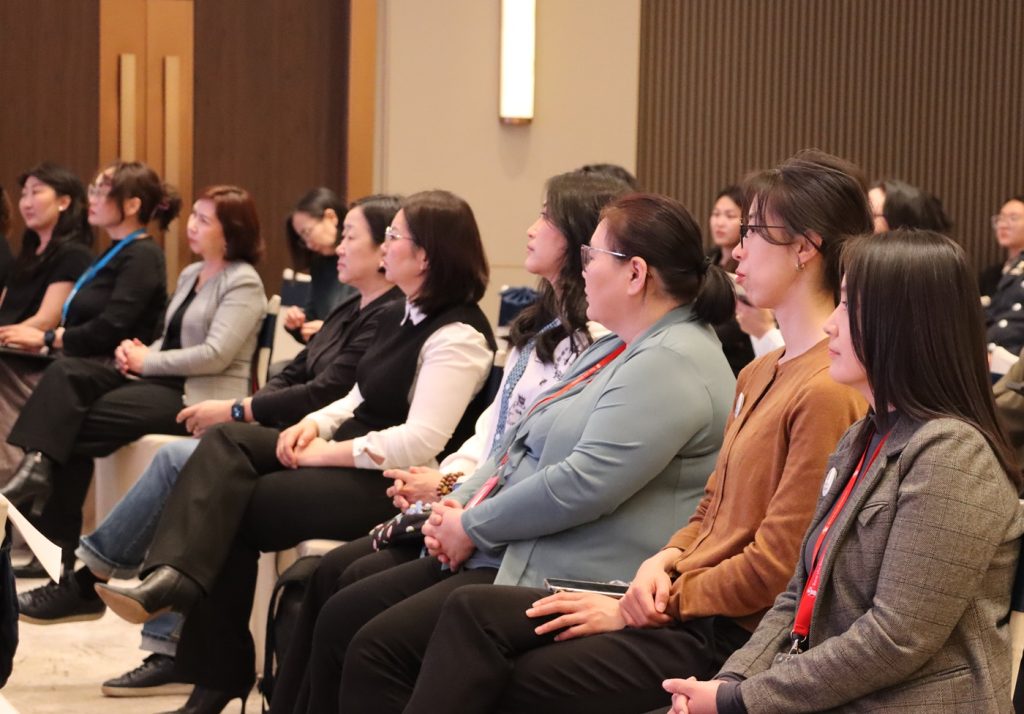
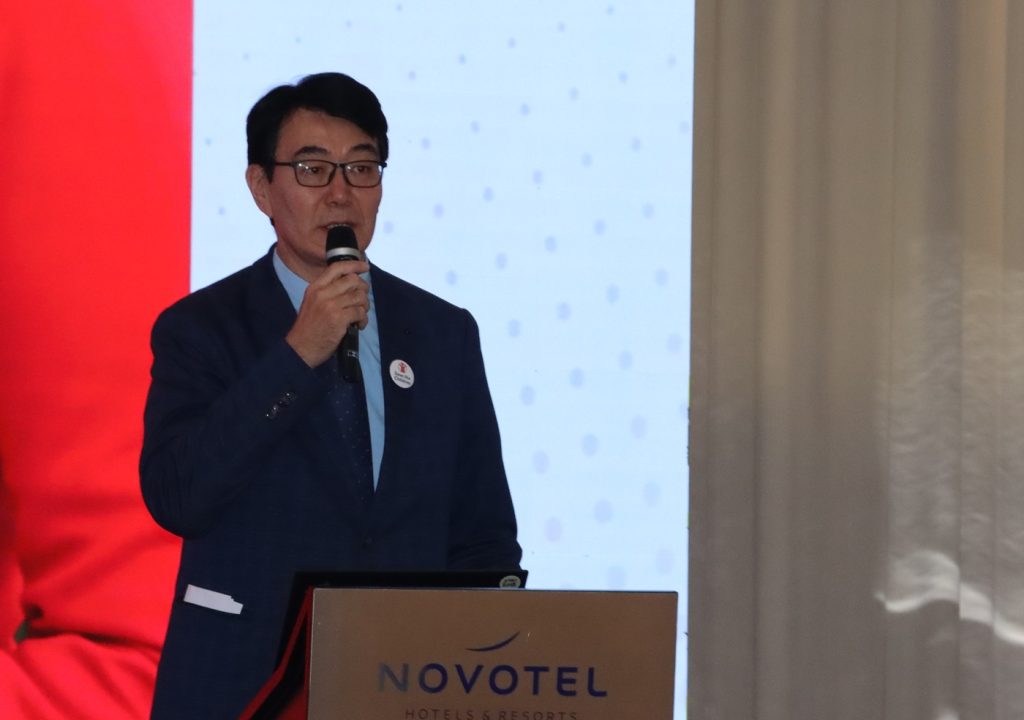
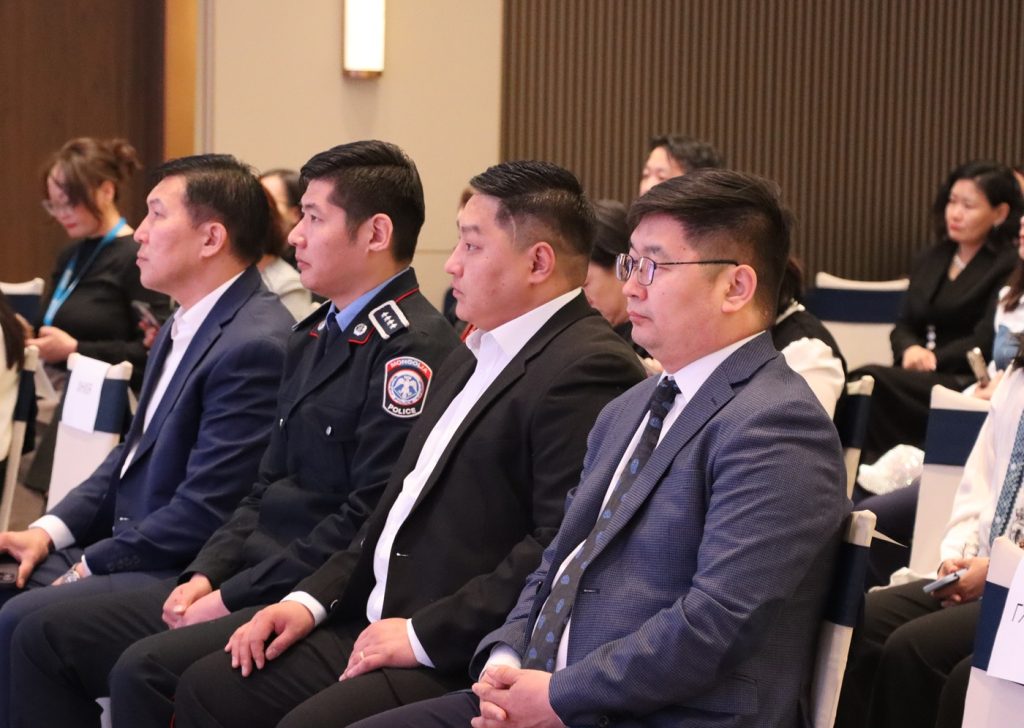
Closing Ceremony Highlights
On May 10, 2024, the project’s closing ceremony was held, bringing together all partners and beneficiary representatives. N. Bayarmaa, Head of the Family Policy Implementation and Coordination Department at the Ministry of Labor and Social Protection, emphasized the project’s significant role in influencing government policies and strengthening the legal framework for child rights. L. Bayan-Altai, Save the Children’s Representative and Country Manager in Mongolia, highlighted the development of an 11-module curriculum and the project’s success in capacity-building within child protection, child rights, and gender-based violence sectors. He expressed confidence in the lasting impact of the project’s studies, assessments, training resources, and advocacy efforts on Mongolia’s child protection system.
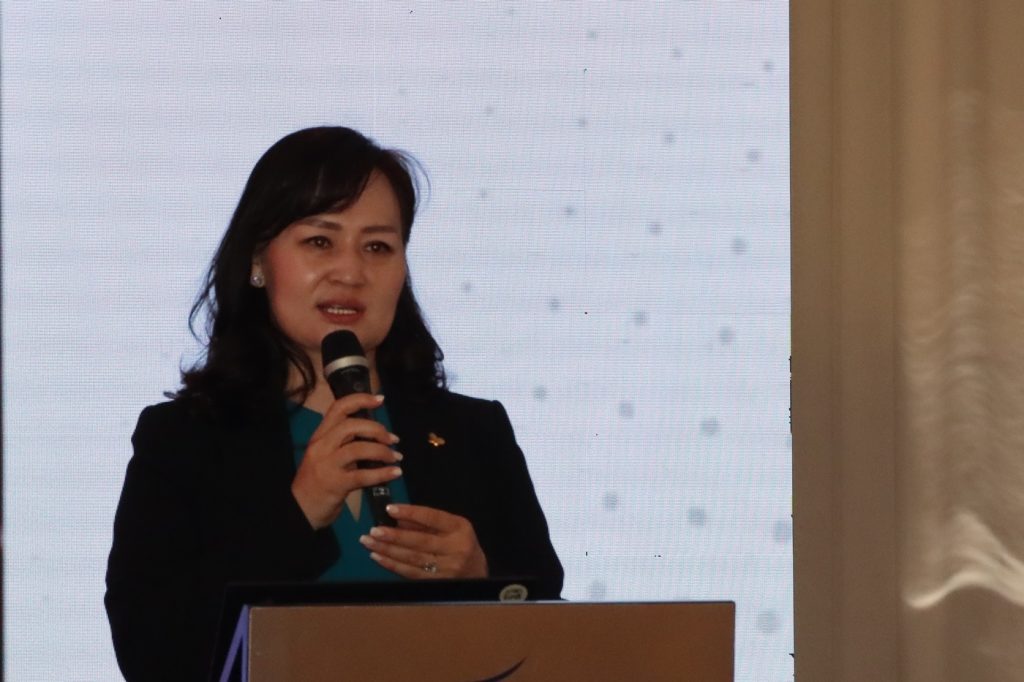
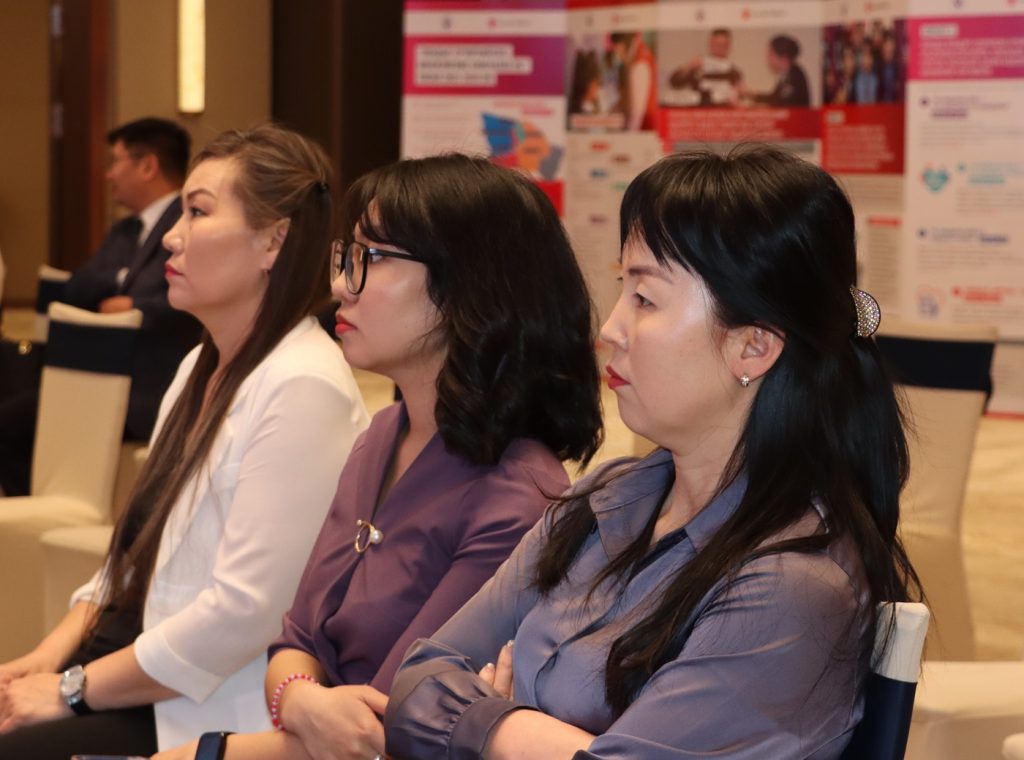
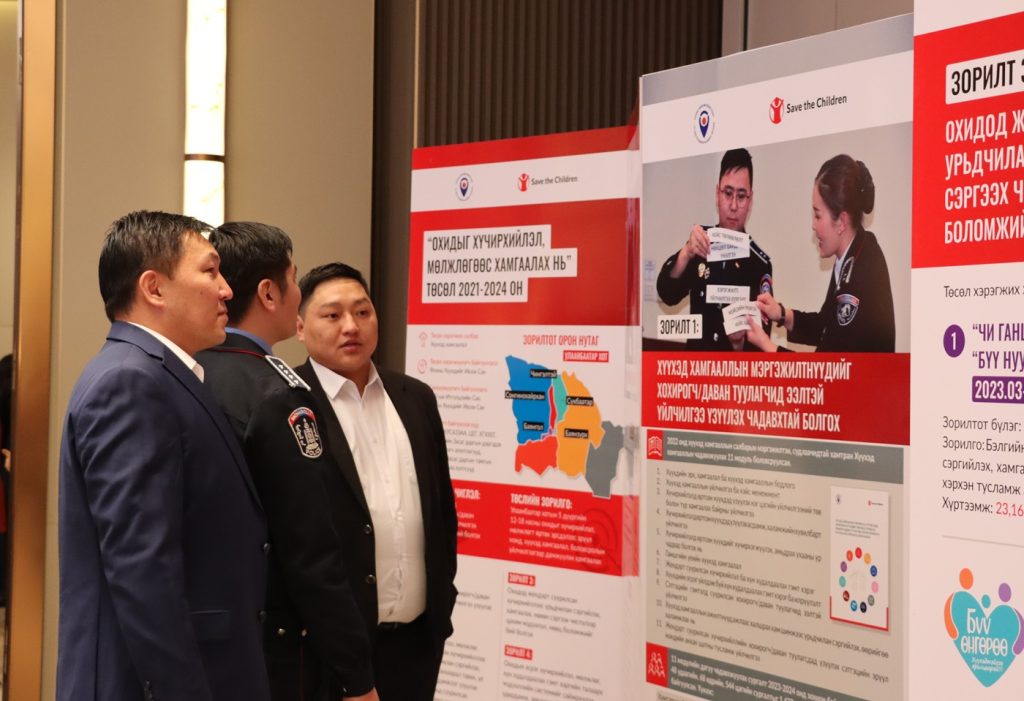
Project Achievements
Curriculum Development and Training: The project created an 11-module Child Protection capacity-building manual in 2022 and conducted 544 hours of training for 926 unique and 1,415 total specialists, service providers, and officers. This comprehensive training enhanced the capabilities of child protection service providers, ministry representatives, agencies, and district experts, focusing on trauma-informed and survivor-centered methodologies.
Advocacy and Outreach: The project organized four large and 60 small-scale advocacy events across 15 target schools, reaching 25,834 students, 1,112 teachers and staff, and 3,318 parents and caregivers. These events raised awareness and promoted child protection and violence prevention practices within the community.
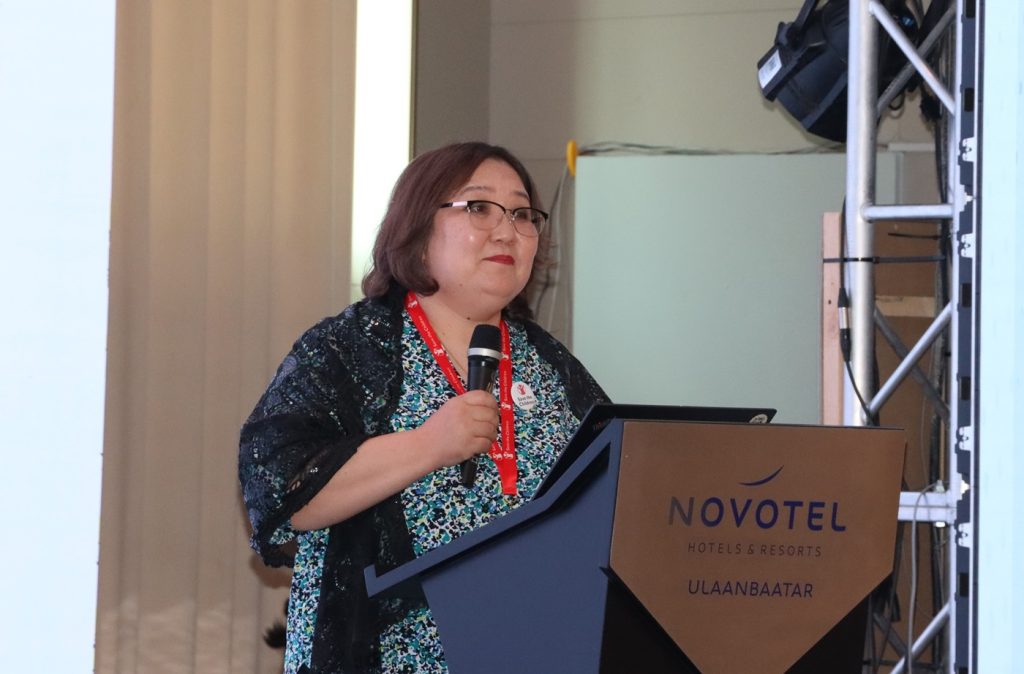
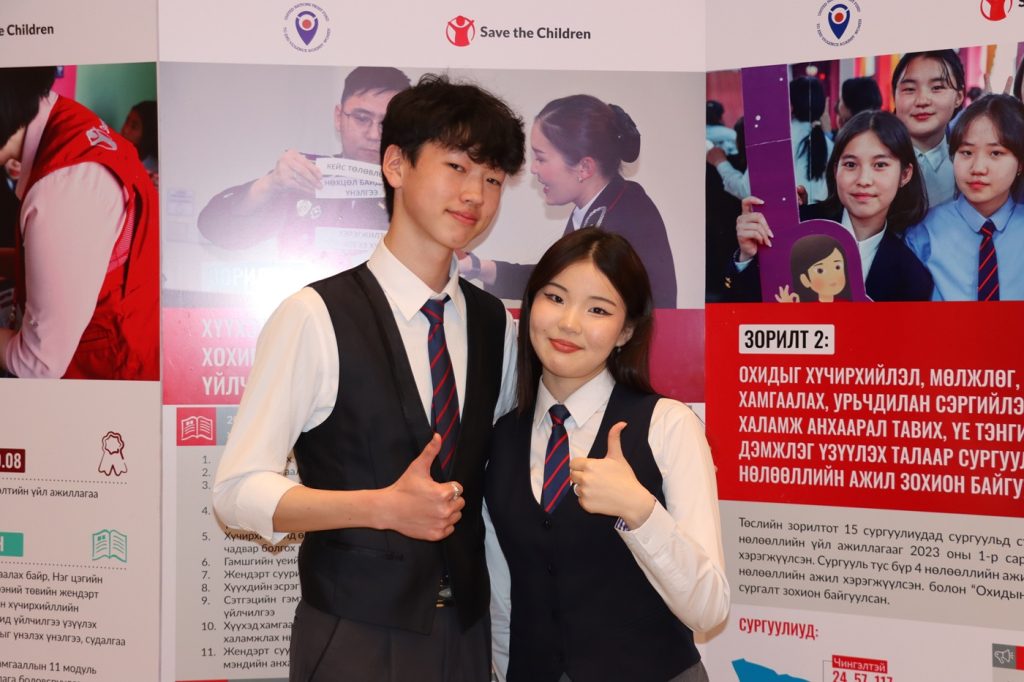
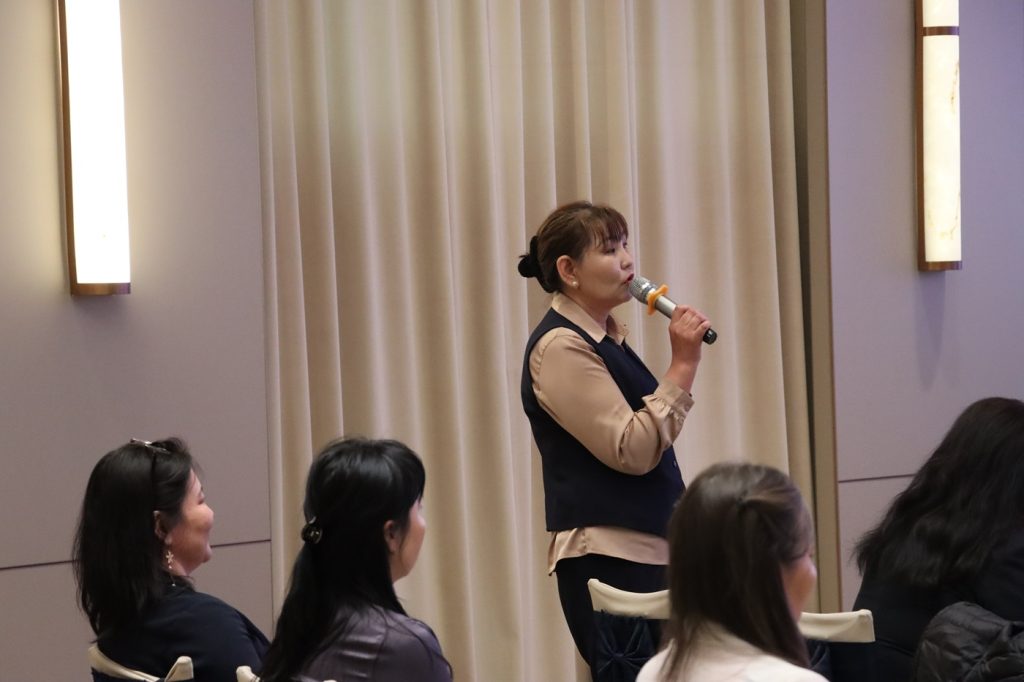
Campaigns and Media Impact: The three-stage advocacy campaign “You are not alone” and the social media campaign “MEWE” collectively garnered nearly 40 million views, significantly raising public awareness and engagement on issues of violence and exploitation.
Publications and Resources: Numerous materials and publications were produced, including:
- Baseline survey
- Review of standard operating procedures for one-stop service centers and shelters
- Situation analysis
- Knowledge, attitude, and practice survey
- Data management assessment for the child protection sector
- Child-sensitive journalism guidelines
- Supervision guidelines for social workers
- A Girl’s Self-care book.
Community and Personal Impact
During the closing ceremony, various stakeholders, including students, social workers, psychologists, police, and marketing company staff, shared their experiences and feedback on the project. Notably, B. Tergel, a student from school no.24 in the capital, recounted how the project facilitated the activation of a Girls’ Club at her school. This club empowered students to protect their rights and fostered mutual respect among boys and girls, leading to reduced classroom disagreements.
Lasting Legacy
The “Protecting Girls from Violence and Exploitation” project has made a significant and lasting impact. It empowered child protection experts with trauma-informed and survivor-centered approaches, educated the public on child protection and violence prevention, and developed robust training resources. These resources will continue to support the child protection field long after the project’s conclusion.
In summary, the project has not only improved the immediate protection, safeguarding and well-being of girls in Ulaanbaatar but has also laid a strong foundation for ongoing child protection efforts in Mongolia.

